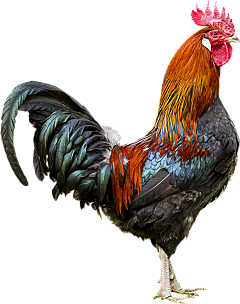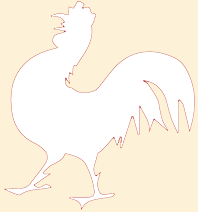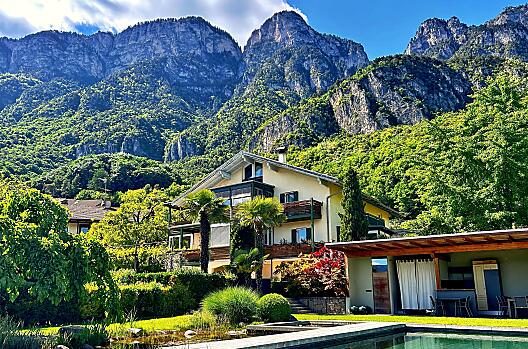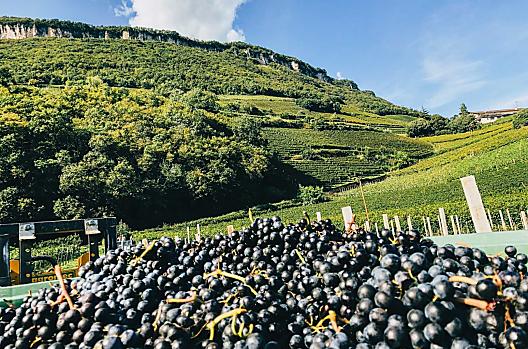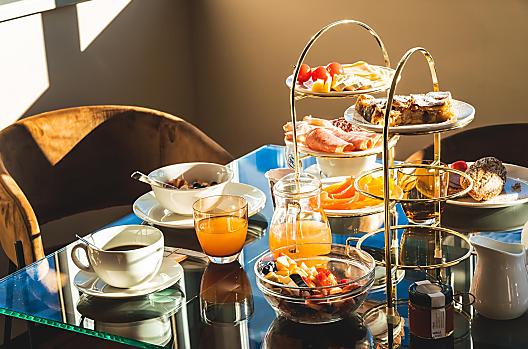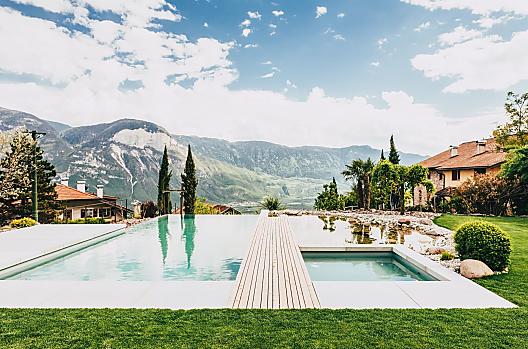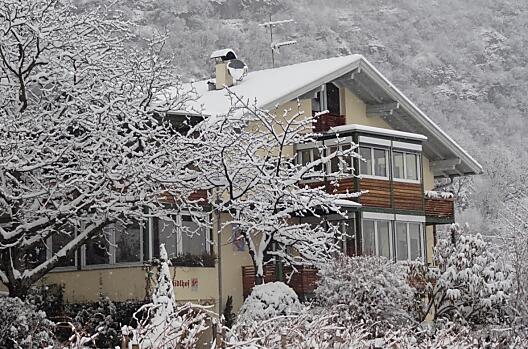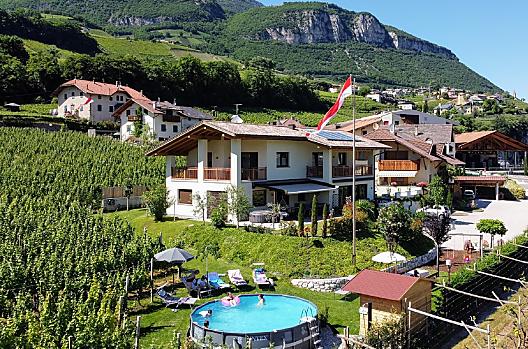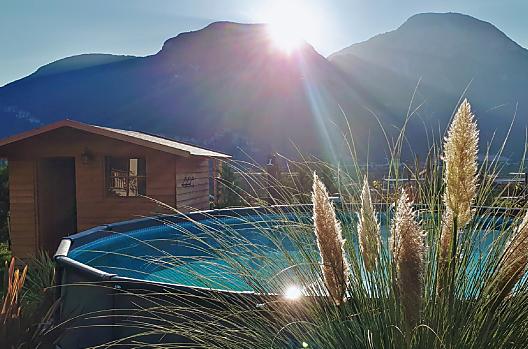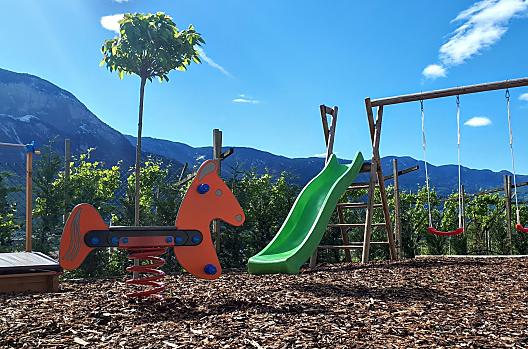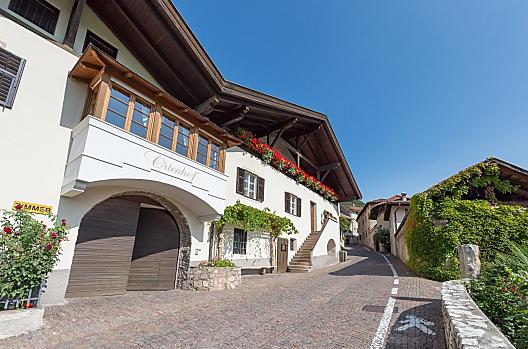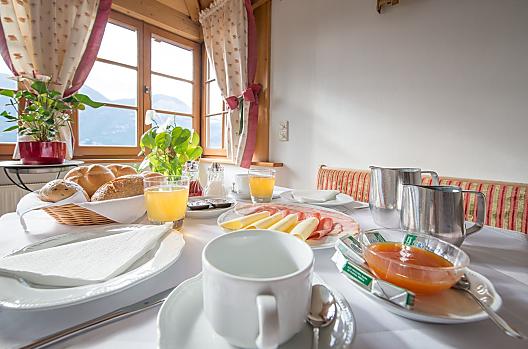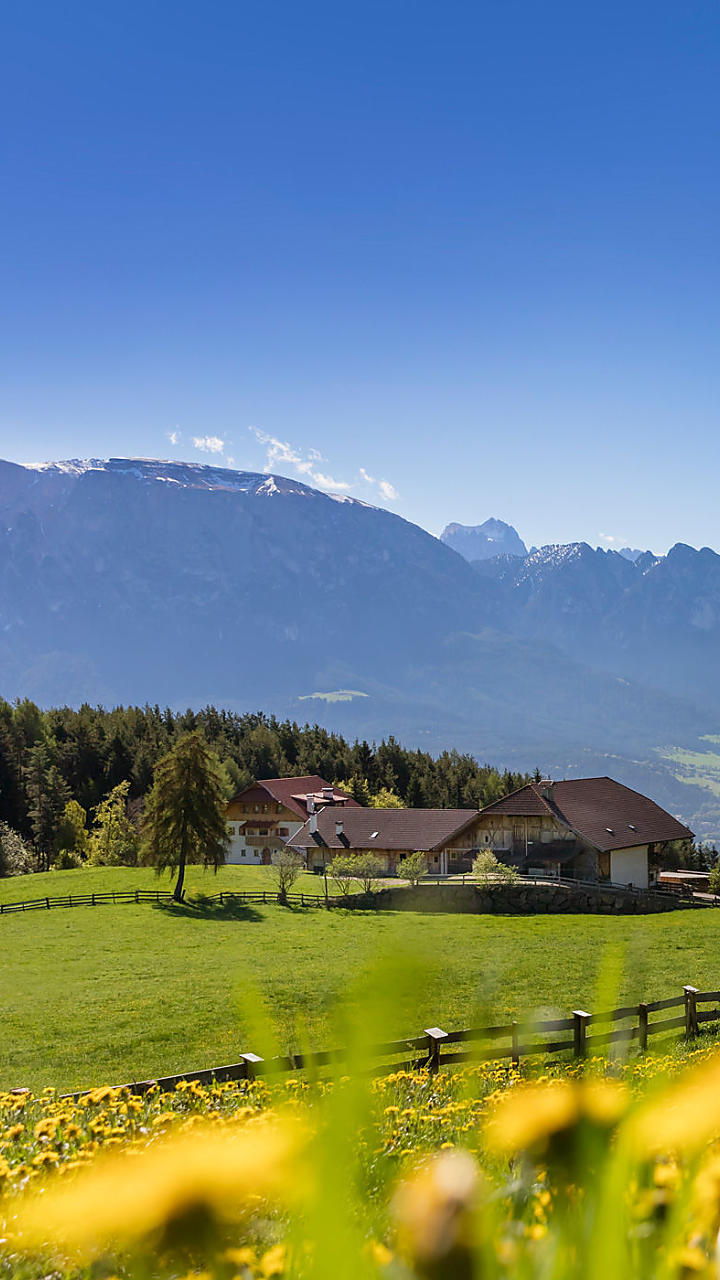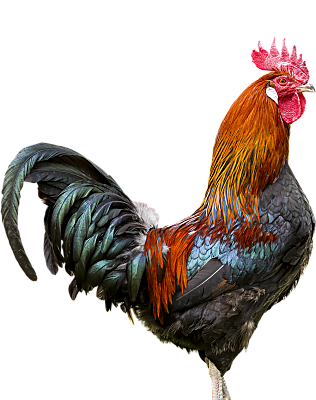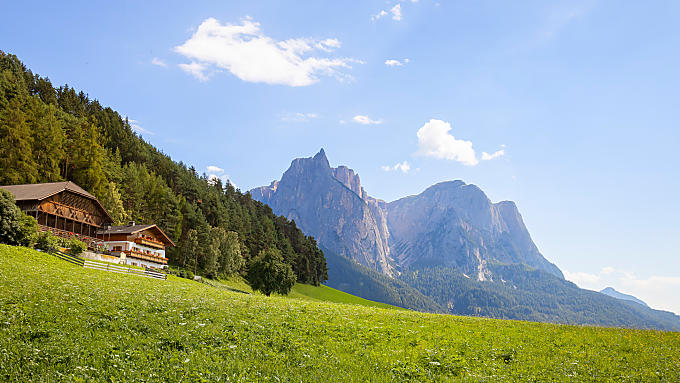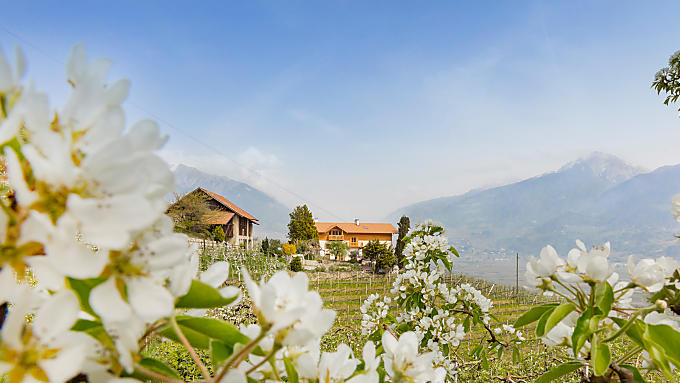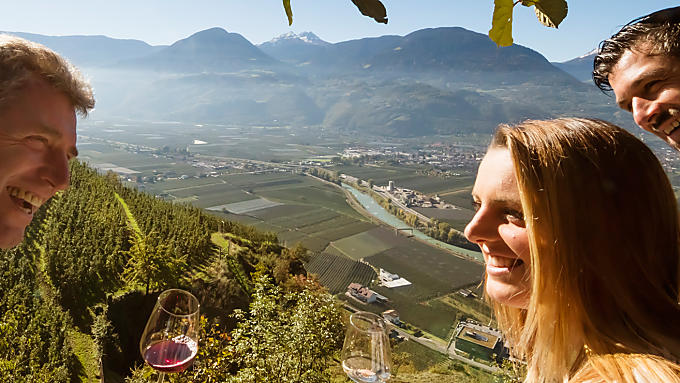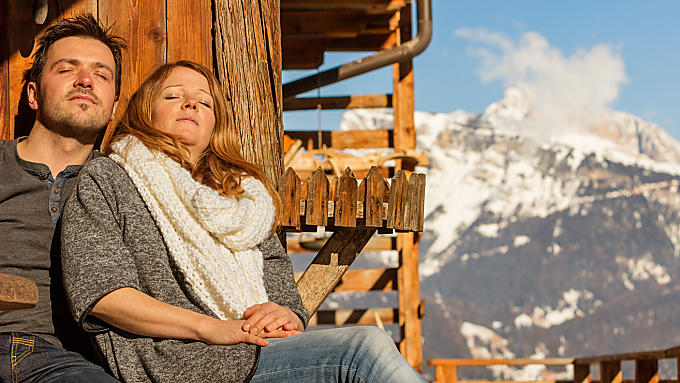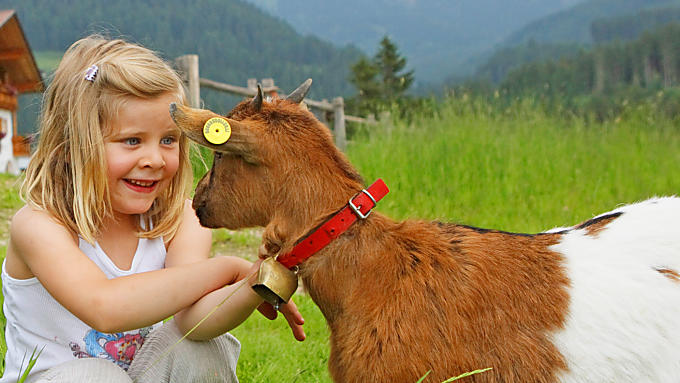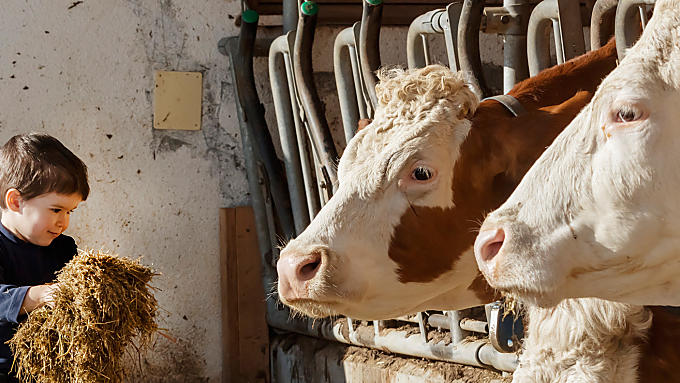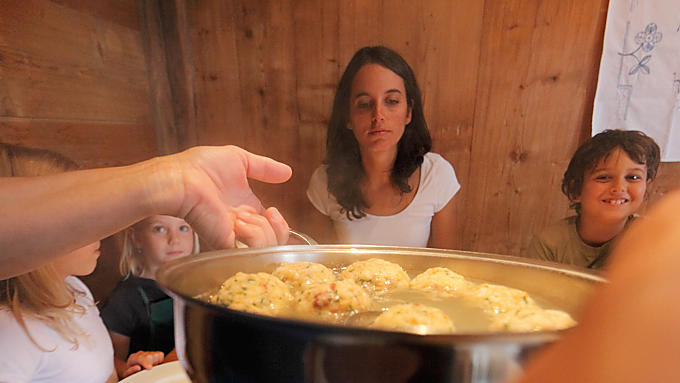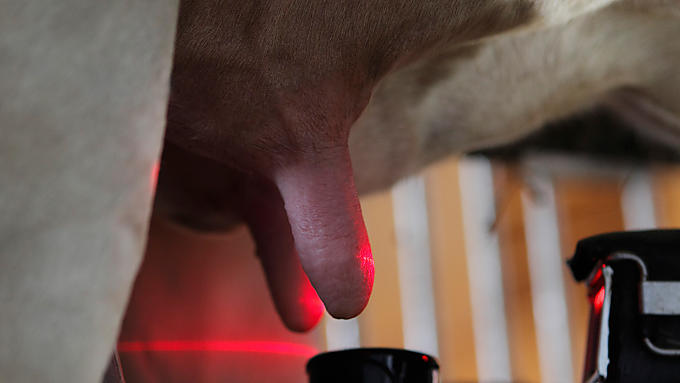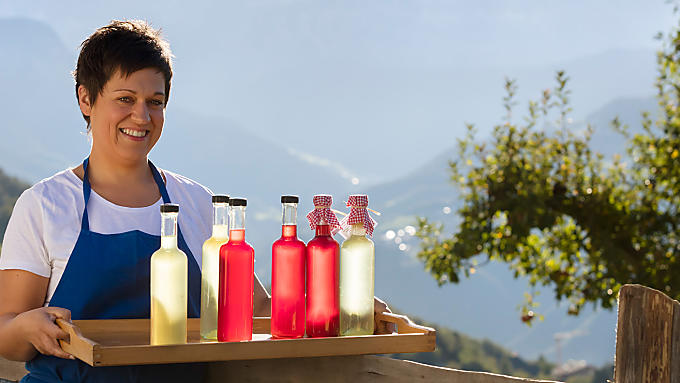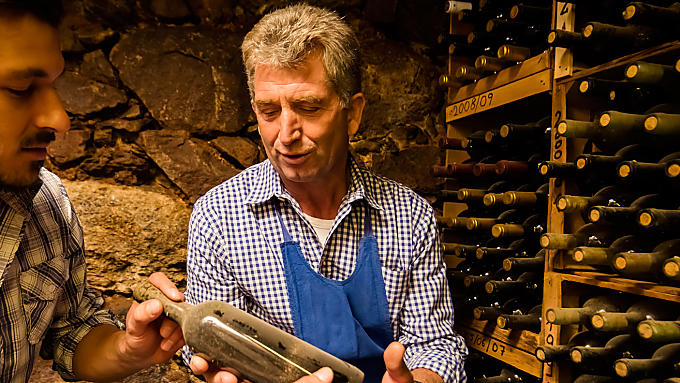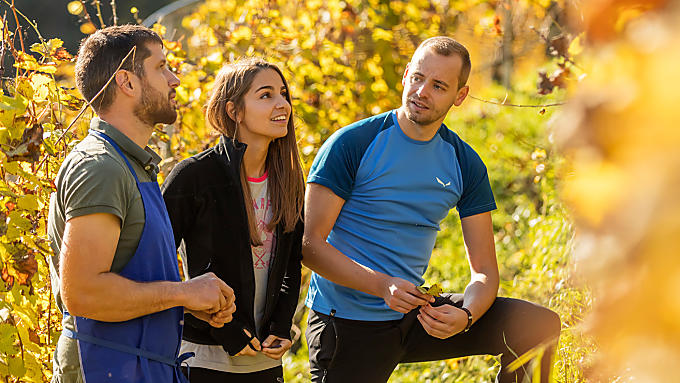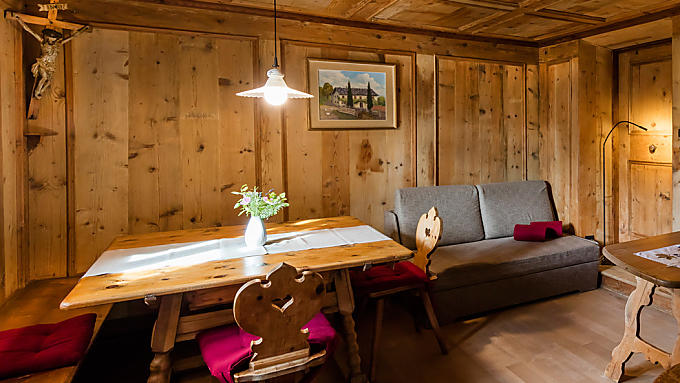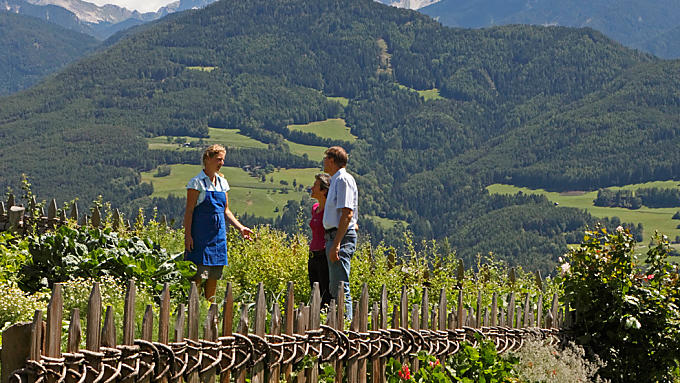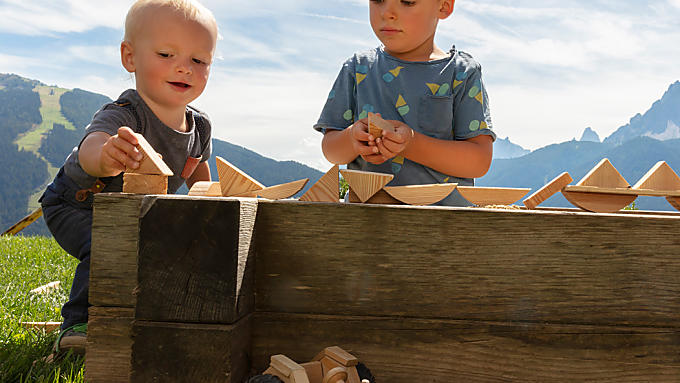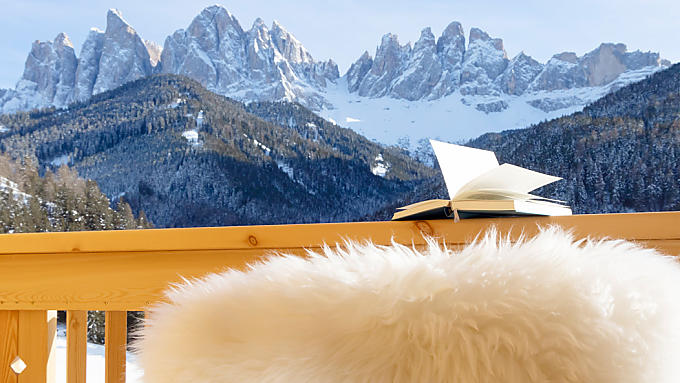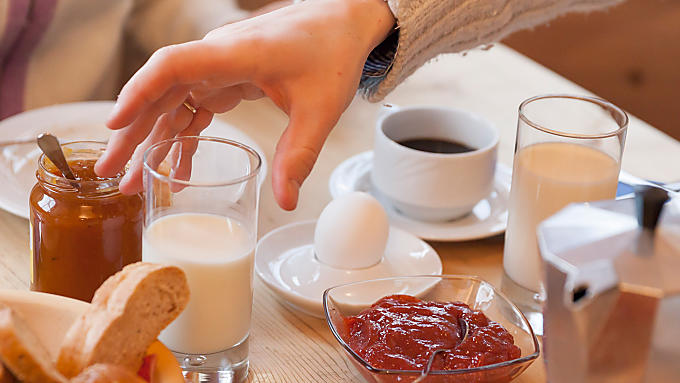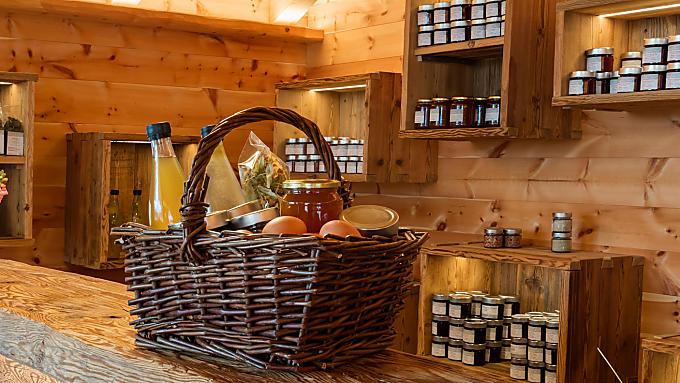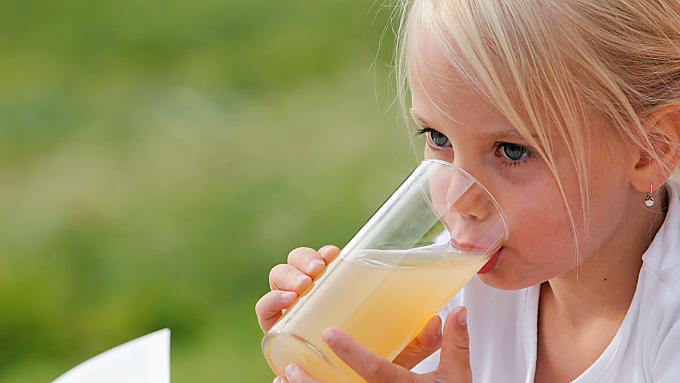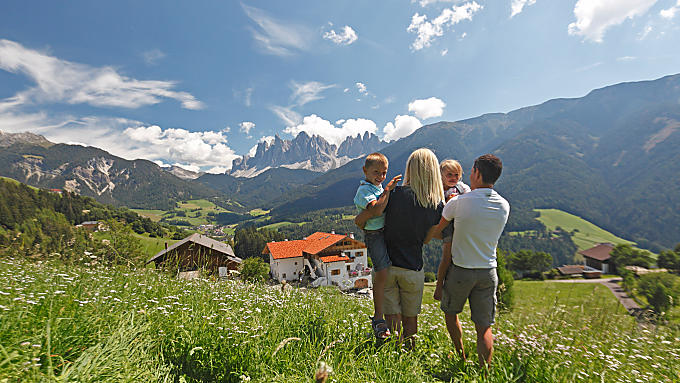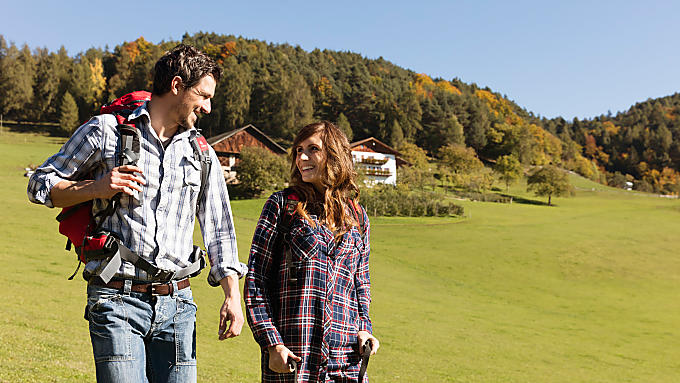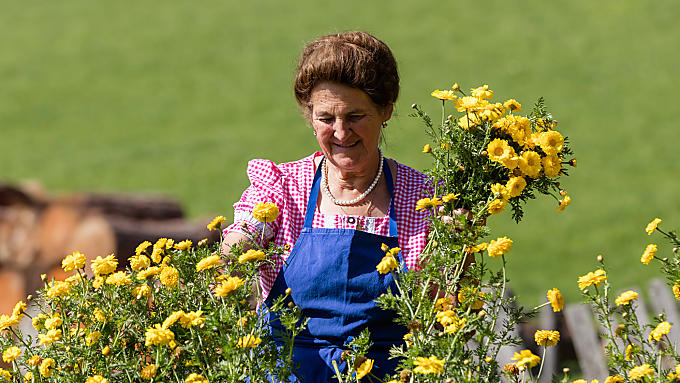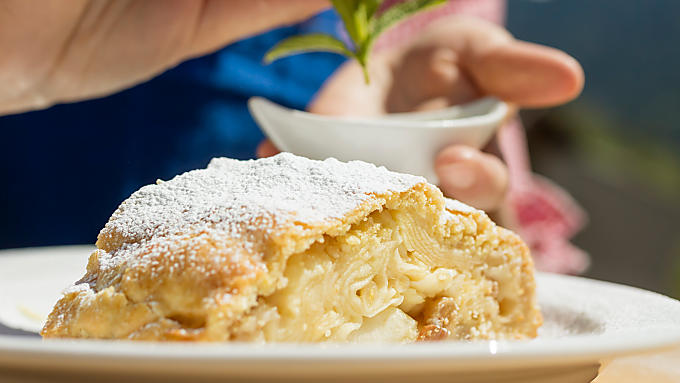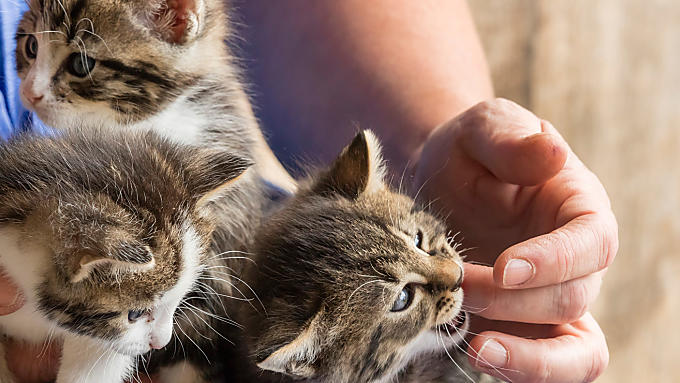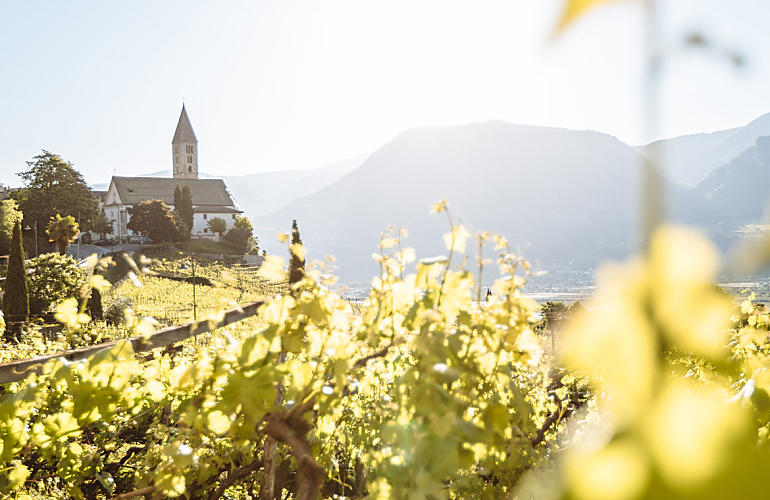
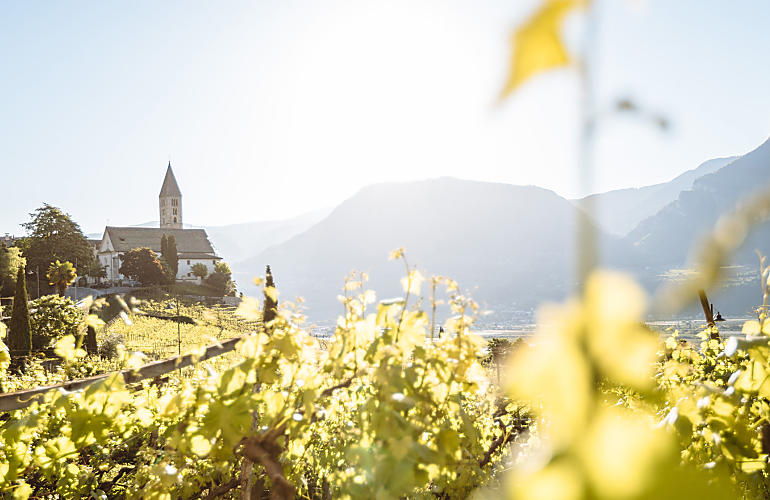
Heading for the south
Holiday location
Farm Holidays in Kurtatsch an der Weinstraße
On a Farm Holiday in Kurtatsch an der Weinstraße, you feel that the south has pushed up into the north.
A glance at a weather chart in Kurtatsch an der Weinstraße will show you that the sun sets the pace. With an average of four times as many days of sunshine as rainy days and average summer temperatures of 28°C, sun-worshippers will feel in their element. The municipality bearing the same name is made up of six districts along with Kurtatsch and lies in the south of South Tyrol, in the so-called Unterland region.
On a Farm Holiday in Kurtatsch an der Weinstraße, you feel that the south has pushed up into the north.
A glance at a weather chart in Kurtatsch an der Weinstraße will show you that the sun sets the pace. With an average of four times as many days of sunshine as rainy days and average summer temperatures of 28°C, sun-worshippers will feel in their element. The municipality bearing the same name is made up of six districts along with Kurtatsch and lies in the south of South Tyrol, in the so-called Unterland region.
The mild climate makes it ideal for agriculture: every patch of earth that is not too steep or stony is used for fruit farming, meaning that nearly a third of the area is given over to vineyards and apple orchards. But apples are grapes are not the only things to see here.
Wine will tell
Countless traditional buildings and country houses taking visitors back in time shape the village centre of Kurtatsch an der Weinstraße. 'Zeitreise Mensch' museum, housed in one of the oldest farmhouses in the village – 'Ansitz am Orth' – deals with life in the past. The museum, which may only be visited on prior arrangement but is accessible all year round, documents the development of humanity from the Stone Age up until today, from simple hunter to modern bargain hunter, at several information points.
However, staying in a holiday flat or room in Kurtatsch is very pleasant experience in the present as well as with regard to the past. The vineyards are not just there to prettify the landscape, but Kurtatsch wine cellar knows how to press their grapes into the finest wines. The 'Weinlehrpfad', or wine educational trail, from Kurtatsch to Entiklar is one way to find out how this is done. In the district of Entiklar you can visit Castel Turmhof complete with its own wine cellar. If the kids don't warm to the cellar, there are the gardens of Castel Turmhof, where statues of figures from fairytales and legends may be found hiding in grottos, ponds and on small islands.
Each day another village
Along with Entiklar, you should put another four districts on your to-see list. The hamlet of Hofstatt and the village of Penon make rewarding destinations for walks starting from Kurtatsch an der Weinstraße. A detour to Graun and Oberfennberg are worth it for keen hikers, too. The name 'Graun' may come from the word 'Krone', or 'crown', which is understandable when you see the regal views over the whole of the Unterland district of South Tyrol from there. The sixth district, Oberfennberg, lies on the Fennberg high plateau above Kurtatsch an der Weinstraße. Here, you can visit old giant redwood trees that are over 40 metres high and over 100 years old, along with nearly-3,500-year-old copper smelters from the Bronze Age in the hamlet of Fennhals.
The mild climate makes it ideal for agriculture: every patch of earth that is not too steep or stony is used for fruit farming, meaning that nearly a third of the area is given over to vineyards and apple orchards. But apples are grapes are not the only things to see here.
Wine will tell
Countless traditional buildings and country houses taking visitors back in time shape the village centre of Kurtatsch an der Weinstraße. 'Zeitreise Mensch' museum, housed in one of the oldest farmhouses in the village – 'Ansitz am Orth' – deals with life in the past. The museum, which may only be visited on prior arrangement but is accessible all year round, documents the development of humanity from the Stone Age up until today, from simple hunter to modern bargain hunter, at several information points.
However, staying in a holiday flat or room in Kurtatsch is very pleasant experience in the present as well as with regard to the past. The vineyards are not just there to prettify the landscape, but Kurtatsch wine cellar knows how to press their grapes into the finest wines. The 'Weinlehrpfad', or wine educational trail, from Kurtatsch to Entiklar is one way to find out how this is done. In the district of Entiklar you can visit Castel Turmhof complete with its own wine cellar. If the kids don't warm to the cellar, there are the gardens of Castel Turmhof, where statues of figures from fairytales and legends may be found hiding in grottos, ponds and on small islands.
Each day another village
Along with Entiklar, you should put another four districts on your to-see list. The hamlet of Hofstatt and the village of Penon make rewarding destinations for walks starting from Kurtatsch an der Weinstraße. A detour to Graun and Oberfennberg are worth it for keen hikers, too. The name 'Graun' may come from the word 'Krone', or 'crown', which is understandable when you see the regal views over the whole of the Unterland district of South Tyrol from there. The sixth district, Oberfennberg, lies on the Fennberg high plateau above Kurtatsch an der Weinstraße. Here, you can visit old giant redwood trees that are over 40 metres high and over 100 years old, along with nearly-3,500-year-old copper smelters from the Bronze Age in the hamlet of Fennhals.
Farm search
Holiday farms in Kurtatsch an der Weinstraße
3 reasons
A holiday in Kurtatsch an der Weinstraße
9 wineries mean
world-famous wines
Up to Tresner Horn peak
and farmstead walk
Educational: wine trail and
People Through Time Museum
The roof of Kurtatsch
Fennberg deserves a special mention. Along with its opposite mountain, the 'Geier', it forms the so-called 'Salurner Klause', or 'Salurn Pass', which is the political and linguistic border between South Tyrol and the Italian-speaking Trentino.
Fennberg deserves a special mention. Along with its opposite mountain, the 'Geier', it forms the so-called 'Salurner Klause', or 'Salurn Pass', which is the political and linguistic border between South Tyrol and the Italian-speaking Trentino.
If you've never seen a linguistic border close up before, you should take a walk there from your holiday flat or room in Kurtatsch an der Weinstraße. Of course, there are more tangible destinations on Fennberg. One of these is a four-hour hike starting at Fennhals to the 1,812-metre-high Tresner Horn mountain, the highest point of the municipality.
On the other hand, it you fancy getting on your bike, a ride to the Fennberger See lake provides a great spot to cool down hot, sweaty feet.

